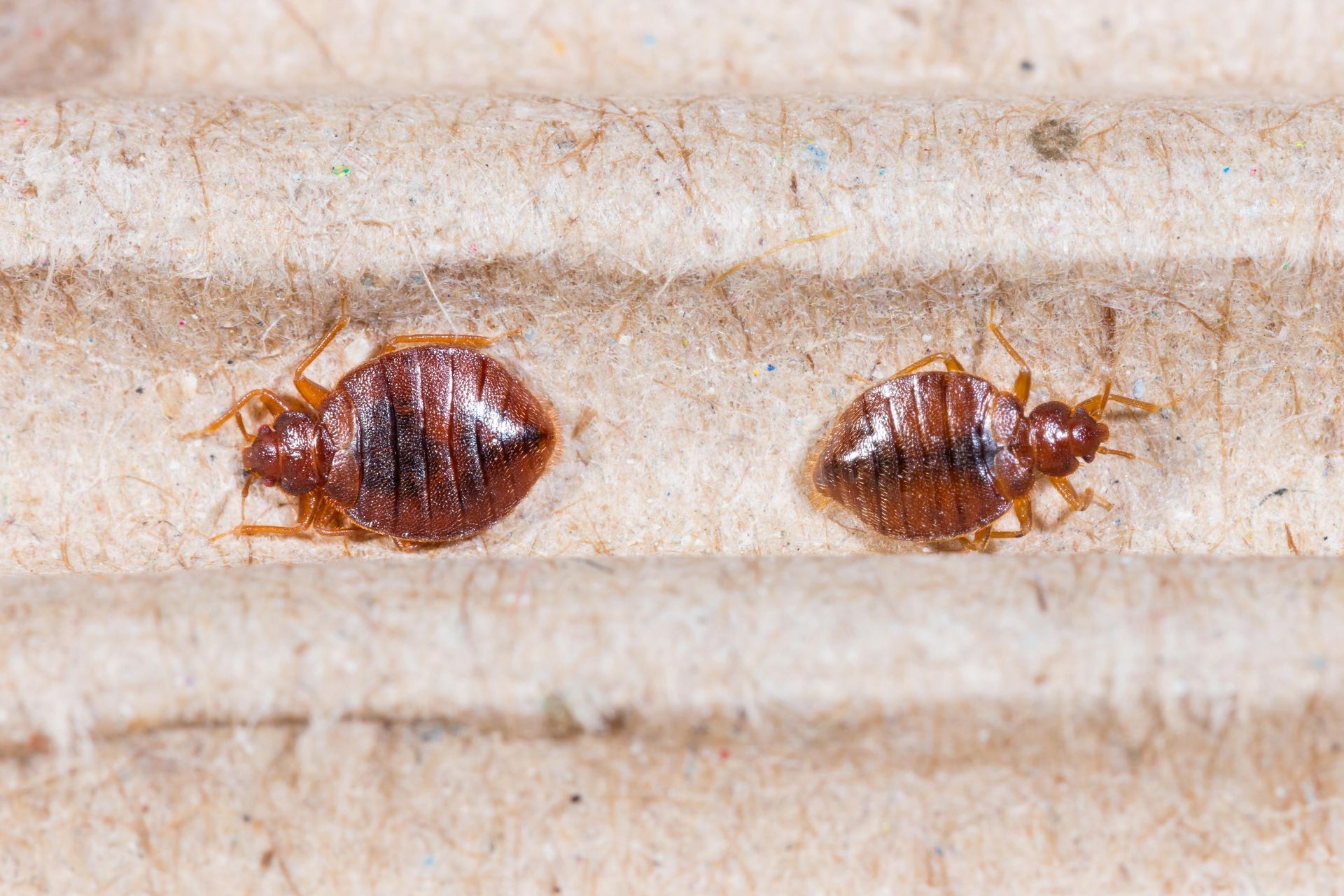The Ultimate Guide to Dealing with Bedbug Infestations

Picture waking up in the dead of night to discover small, red bite marks on your skin or tiny brown stains on your sheets. If this sounds familiar, you may have a bedbug infestation. Bedbugs are tiny insects that feed on human blood, and they can quickly multiply, causing homeowners discomfort and frustration. In this comprehensive guide, we will discuss the signs of a bedbug infestation, how to treat it effectively, and methods to prevent it from recurring.
Signs of a Bedbug Infestation
A common indication of a bedbug infestation is the occurrence of red, itchy bites on your skin upon waking up. These bites are often clustered together in a row or line on areas of your body that were exposed while you slept. You may also notice small bloodstains on your sheets or mattress, as bedbugs feed on blood and can leave behind traces of it. Another telltale sign of bedbugs is small black or brown specks on your bedding or furniture — this is their fecal matter. Finally, consider looking through your home for bed bug eggs. These eggs are incredibly small, about the size of a pinhead, and appear milky white in color. Generally, they are found in hidden locations, such as mattress seams, box springs, baseboards, carpet edges, or even behind wallpaper.
How to Treat a Bedbug Infestation
Treating a bedbug infestation can be a challenging and time-consuming process. If you discover signs of a bedbug infestation in your home, it is crucial to take immediate action to eradicate the pests. Some steps you can use to remove bed bugs include:
- Clean and Declutter - Remove clutter where bed bugs can hide. Thoroughly clean the infested rooms by vacuuming floors, mattresses, and furniture. Immediately seal the vacuum bag in plastic and dispose of it outside your home.
- Launder Infested Items - Wash all infested bedding, clothing, and other washable items in hot water and then dry them on the highest dryer setting for at least 30 minutes. For items that cannot be washed, consider using a steamer.
- Seal Gaps and Cracks - Bed bugs can hide in the smallest of spaces. Seal all cracks and crevices in walls, around baseboards, and in furniture. Use caulking or a suitable sealant to close these potential hiding spots and prevent re-infestation.
- Use Bed Bug Proof Encasements - Wrap your mattress, box spring, and pillows in covers that are resistant to bed bugs. These encasements prevent bed bugs from entering or escaping and can significantly aid in controlling the infestation while also protecting against future issues.
Seeking Professional Help
If you are unable to eliminate the bedbug infestation on your own or if the problem persists, do not hesitate to seek professional help. Pest control companies have the knowledge and tools to properly inspect your home, identify the extent of the infestation, and implement a treatment plan that is tailored to your specific situation. By hiring a professional, you can ensure that the infestation is thoroughly treated and prevent any future recurrence.
Preventing a Bedbug Infestation
Once you have successfully treated a bedbug infestation, it is crucial to take steps to prevent it from recurring in the future. One of the most effective prevention methods is to regularly inspect your home for signs of bedbugs, such as bites, bloodstains, or fecal matter. You can also reduce the likelihood of bedbugs entering your home by avoiding secondhand furniture, sealing cracks and crevices, and keeping your living space clutter-free. In addition, taking precautions while traveling, such as inspecting hotel rooms for bedbugs and keeping your luggage off the floor, can help you avoid bringing bedbugs home with you.
Moreover, you can also invest in bedbug-proof mattresses and box spring encasements, which can help prevent bedbugs from taking up residence in your bed. If you suspect a new infestation, act quickly to address it before it spreads and becomes a more significant problem.
Dealing with a bedbug infestation can be a challenging and overwhelming experience. However, by noticing the signs of infestation, treating it effectively, and taking preventive measures, you can eliminate bedbugs from your home and prevent them from returning. Remember to act quickly at the first sign of an infestation. Contact our office today to seek professional help. By being vigilant, you can protect your home from the annoyance and discomfort of bedbugs.
CONTACT INFORMATION
Metro: 651-459-4654
Address: 479 Hayward Ave. N. Oakdale, MN. 55128
Alexandria: 320-815-9725
Address: 9046 Co Rd 28 Alexandria MN 56308
SE Minnesota: 507-291-5432
Western Wisconsin: 715-869-1660
Email: paffyspestcontrol@gmail.com
BUSINESS HOURS
- Mon - Fri
- -
- Sat - Sun
- Closed
Open Saturdays from May to Early October 8 a.m. – 12 p.m.







